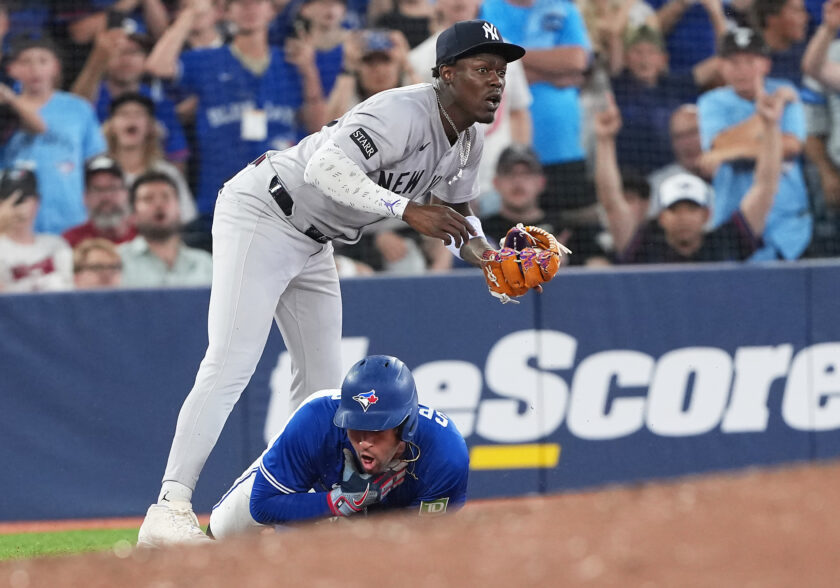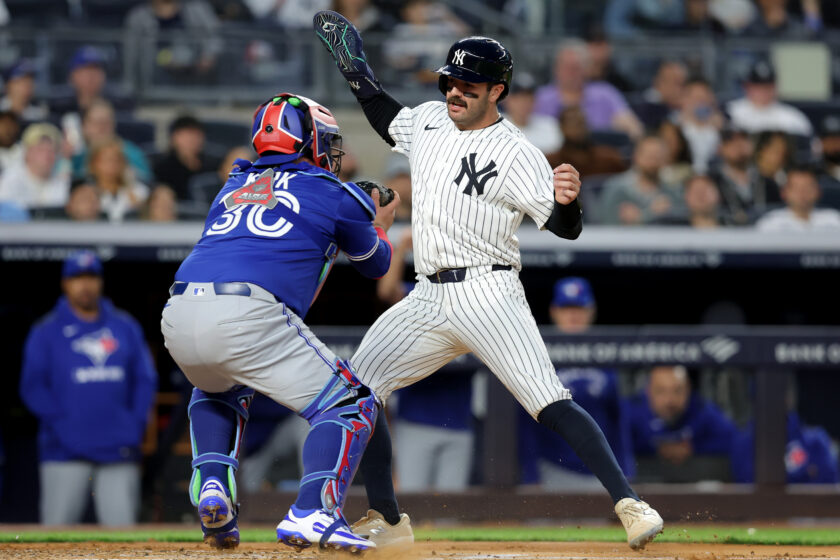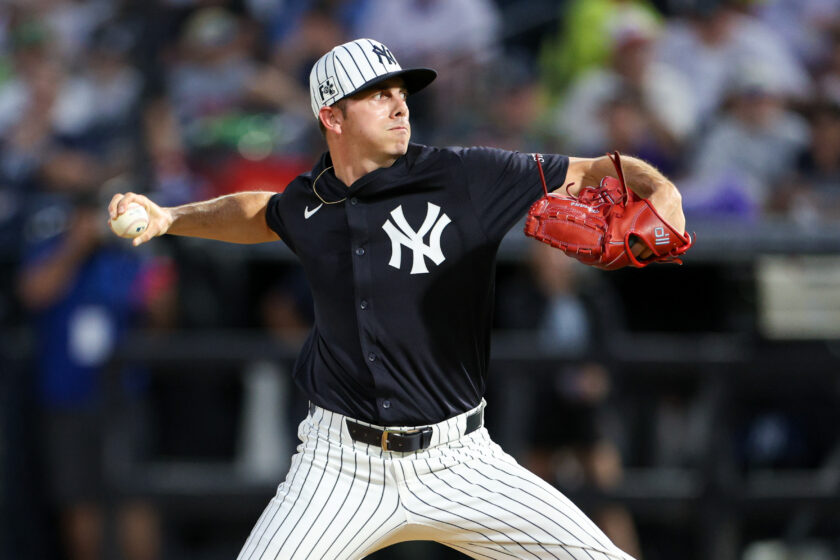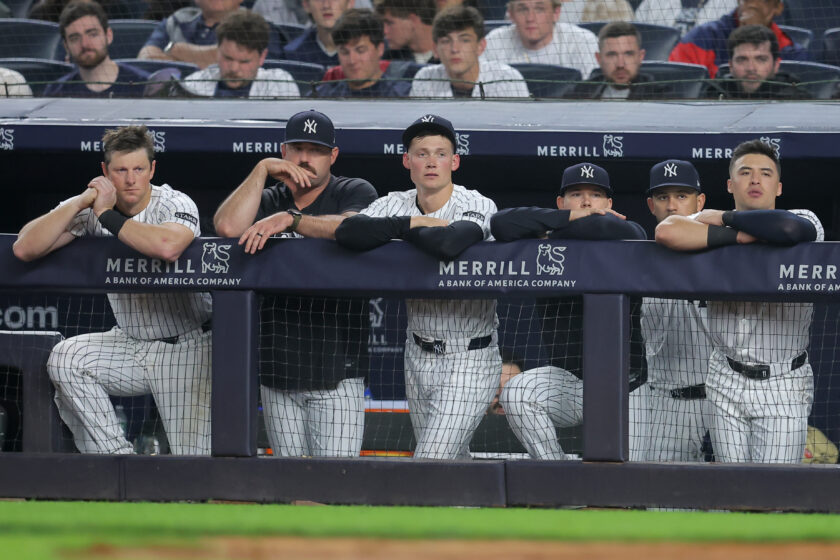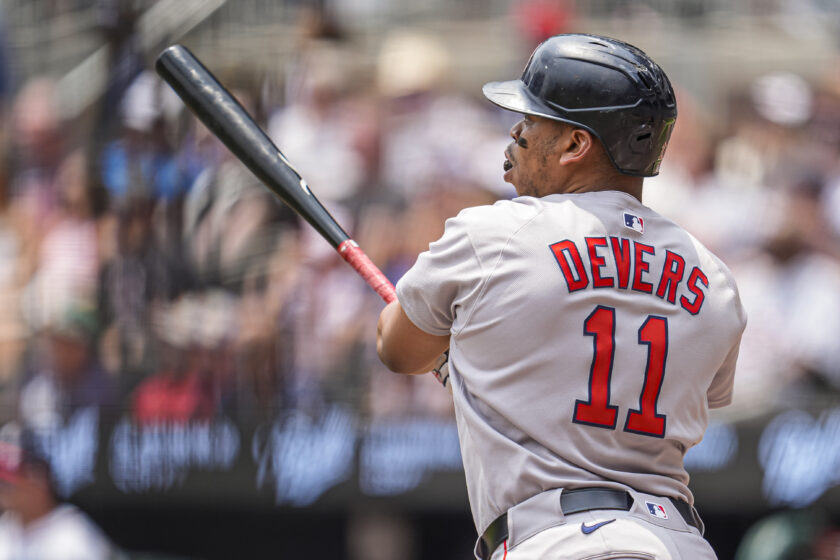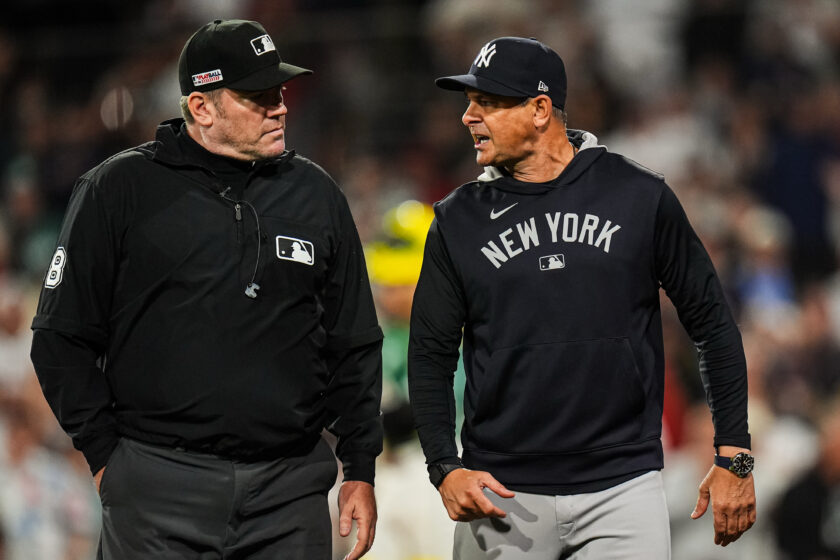Yankees’ Aaron Hicks has become baseball’s most expensive pinch-hitter
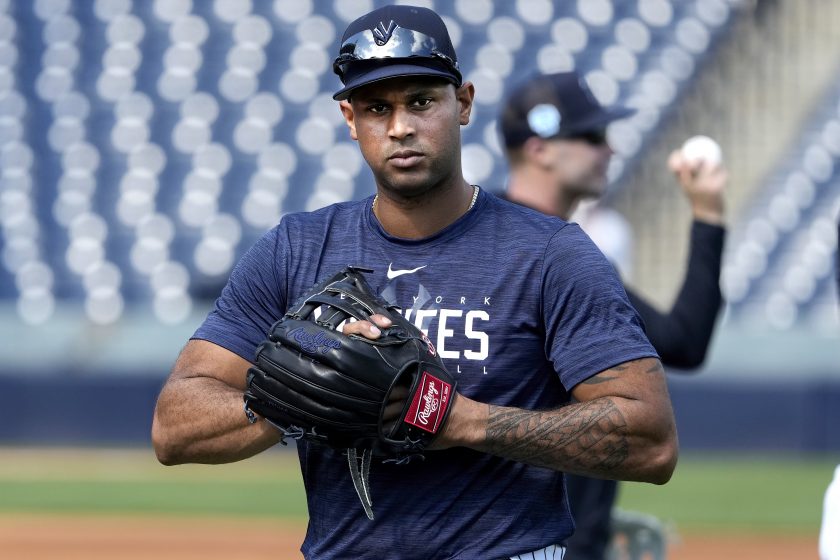
Three years, $29.5 million.
That’s how much the Yankees still owe Aaron Hicks and for how long. His seven-year, $70 million extension signed ahead of 2019 is easily one of general manager Brian Cashman’s biggest mistakes. Maybe even his worst.
Cut to 2023, Hicks’ eighth with New York, and he has literally two full seasons to his name. The first was a career year (Thanks, juiced baseballs!) that he parlayed into his current contract. The second was last season’s disaster. The rest of the time, save for the abbreviated 2020 season, Hicks has been either too injured or too ineffective.
And yet, he complains about his lack of regular playing time.
We can sympathize with Hicks at least a little bit. He showed up to spring training and actually hit pretty well, batting .293 with a .798 OPS. The problem is that of Hicks’ 12 spring training hits, ten were singles. He’s not getting paid $10.5 million this year to be a contact hitter.
Or is he? It’s shocking to think about but Hicks really has become baseball’s most expensive pinch-hitter with a few spot starts — and ineffective ones.
First, the Yankees know their best outfield setup. Aaron Judge can play right and center while Giancarlo Stanton handles both corner spots. Oswaldo Cabrera can play anywhere and Harrison Bader will provide untouchable defense once he returns from his oblique strain.
So where does that leave Hicks? Probably getting the call as the first bat off the bench. All the more astonishing is that in his own strange way, Hicks is perfect in this role.
Think about it. For all his faults last year, Hicks’ walk rate (BB%) was still in the 95th percentile. His whiff rate (Whiff%), or swinging strikes per swing, was in the 41st percentile, but his chase rate (Chase%) was in the 95th. This means Hicks didn’t swing at bad pitches despite striking out fairly often.
To break this down in simpler numbers, Hicks’ career on-base percentage (OBP) is .330. That’s 100 points above his lifetime batting average. He knows the strike zone well and does not swing at bad pitches.
Throw in limited pop and baseball without shifts, and Hicks is probably good for either lining a single to the outfield or sneaking one through the infield. Maybe he can add a home run under the right circumstances. Is this not exactly what a team wants in a veteran pinch-hitter?
Unfortunately for the Yankees, using Hicks’ solely in this role won’t help offload his contract. He probably needs to be starting every four or so games just to stay fresh and hopefully up his trade value. Perhaps he’s like former teammate Joey Gallo and just needs a change of scenery. Gallo batting .308 for Minnesota early on sure looks like a good omen should Hicks exit the Bronx stage left (or right, if a lefty is pitching).
Until then, Aaron Hicks will remain on the Yankees’ bench for the occasional start and, more often than not, last-ditch pinch hitting. If he wants out, he should follow manager Aaron Boone’s simple advice: Play better.
Follow ESNY on Twitter @elitesportsny
Josh Benjamin has been a staff writer at ESNY since 2018. He has had opinions about everything, especially the Yankees and Knicks. He co-hosts the “Bleacher Creatures” podcast and is always looking for new pieces of sports history to uncover, usually with a Yankee Tavern chicken parm sub in hand.

